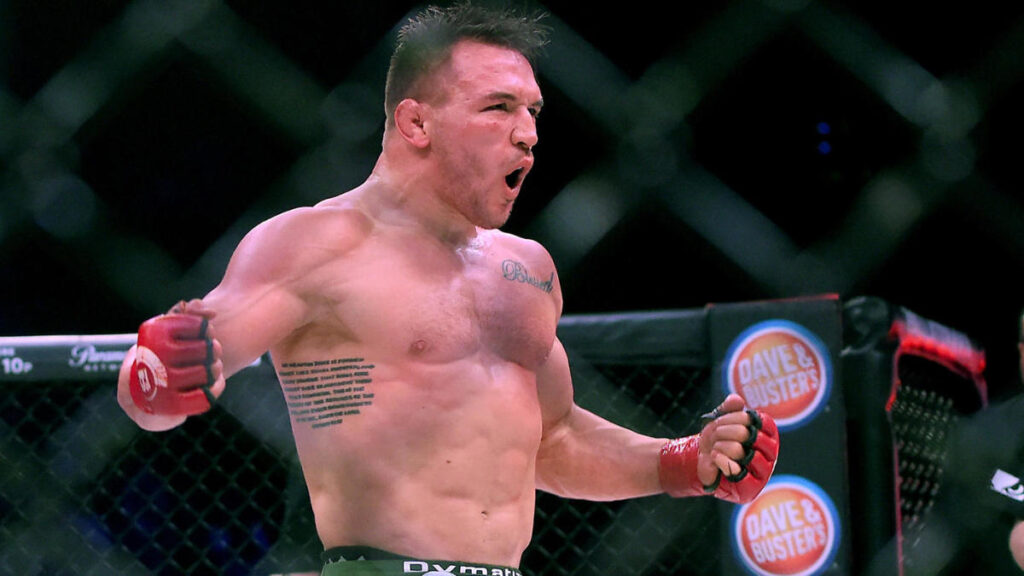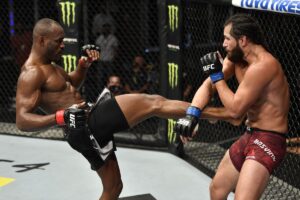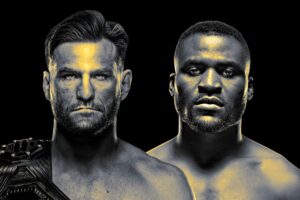UFC 262 Data Analysis: Chandler vs Oliveira
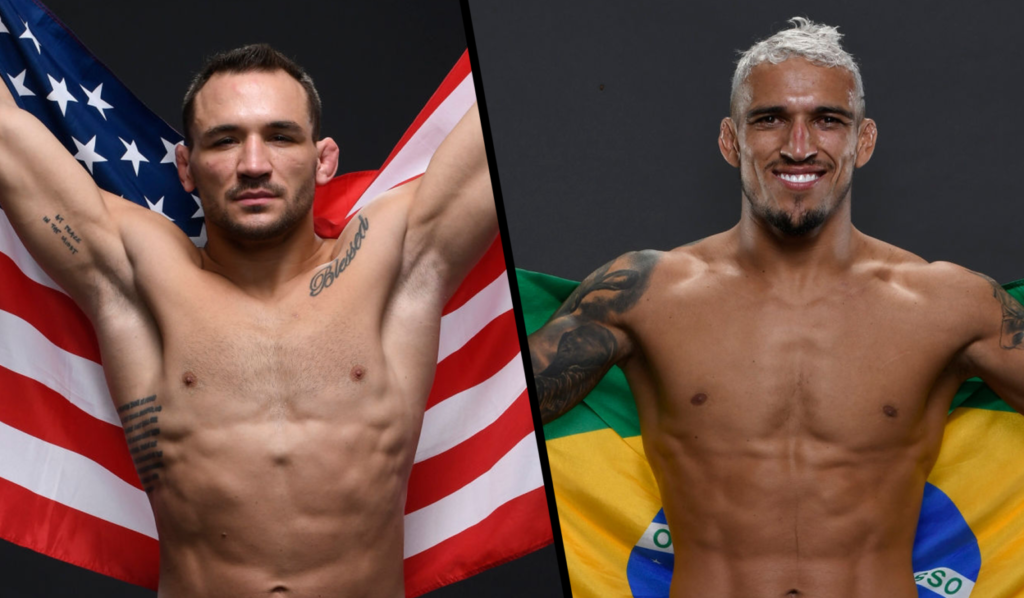
UFC 262’s headliner is a curious clash for the lightweight title. Some have criticized the selection of Michael Chandler and Charles Oliveira. After all, the winner will be the successor to the legendary and undefeated Khabib Nurmagomedov. Surveying the options, it’s no surprise Sean Shelby dialed this one up. Justin Gaethje? Coming off a decisive second-round submission loss to the aforementioned Nurmagomedov. Dustin Poirier? Opted for the more-lucrative and perhaps more legacy-defining Conor McGregor trilogy.
While Chandler and Oliveira may not be the most heralded choices, their storylines remain compelling. The Brazilian Oliveira owns the most submission wins in UFC history and claims his first title shot after 27 appearances in the sport’s premier organization. Meanwhile, Chandler accepts his first opportunity for UFC gold after just one victory: A statement knockout against the notoriously tough Dan Hooker.
Here at Scraptitude, we opt for a data-driven perspective, so I will identify key data points ahead of UFC 262’s main event. One could argue this approach is suboptimal because Chandler spent his career in Bellator and doesn’t have much in the way of cataloged fightmetric data. Alternatively, Oliveira has been competing in the UFC for 11 years and is still just 31. With a data set this extensive, we must avoid defining Oliveira as the fighter he was, and rather, quantify the fighter he’s become.
For this clash, two data points stand out: Age-adjusted experience and loss by finish rate (LBF%). Across all fights, some of the most important variables are strength of schedule, age, susceptibility to being finished (LBF%), and win rate (WIN%). There are many other data points in the Scraptitude database that provide further context, but these are some fundamentals.
Charles Oliveira is among the premier examples of age-adjusted experience. Other prime examples include Max Holloway, Robert Whittaker, and Dustin Poirier. Each of these fighters entered the UFC at a young age and fought the who’s who of their weight classes in that time. Oliveira’s opponents have accumulated 140 more wins than the opponents of Chandler in their respective careers. At 31-years-old, “Do Bronx” has 11 more career fights than 35-year-old “Iron” Mike.
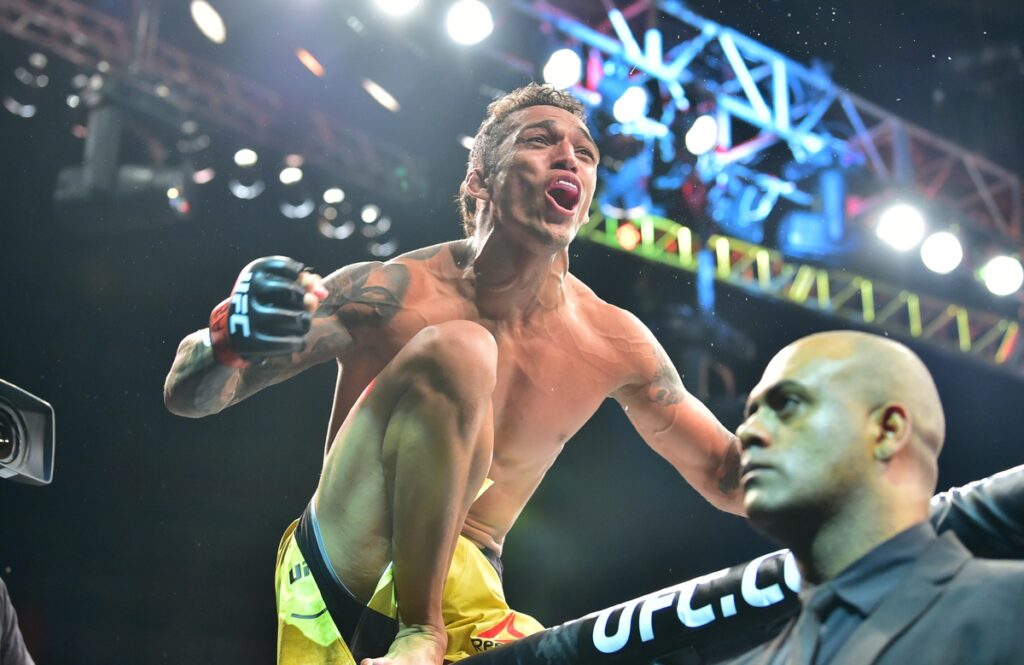
While the sheer experience of Oliveira jumps off the page, it comes at a cost. He has six more losses in his career and has been finished four more times than his adversary. Chandler’s LBF% sits at a sturdy 11%, while Oliveira’s is 18% for his career and 26% through his 27 UFC contests. The average WIN% of their respective opponents is negligible, with the American edging the Brazilian 80% to 78%.
Predicting an irrefutable winner in a well-matched fight is folly. The outcome is a matter of probability. We see this captured perfectly by oddsmakers, who have Oliveira as a slight favorite over Chandler. On FanDuel, Oliveira is a -142 to Chandler’s +116. It appears they favor the Brazilian’s age adjusted experience and superb 89% UFC finish rate (FIN%).
I’m going the other way here. The susceptibility a fighter has to being finished underscores volatility. While Oliveira hasn’t been finished since 2017 and only has one loss at 155 lbs, I don’t subscribe to the idea that fighters of his mold become more durable over time. “Do Bronx” forgoes responsible defense for constant offense and subjects himself to increased risk by doing so. If two otherwise well-matched fighters are slated to do battle, give me the one who is harder to stop inside the distance. I’m taking Mike Chandler by (T)KO (+250).
